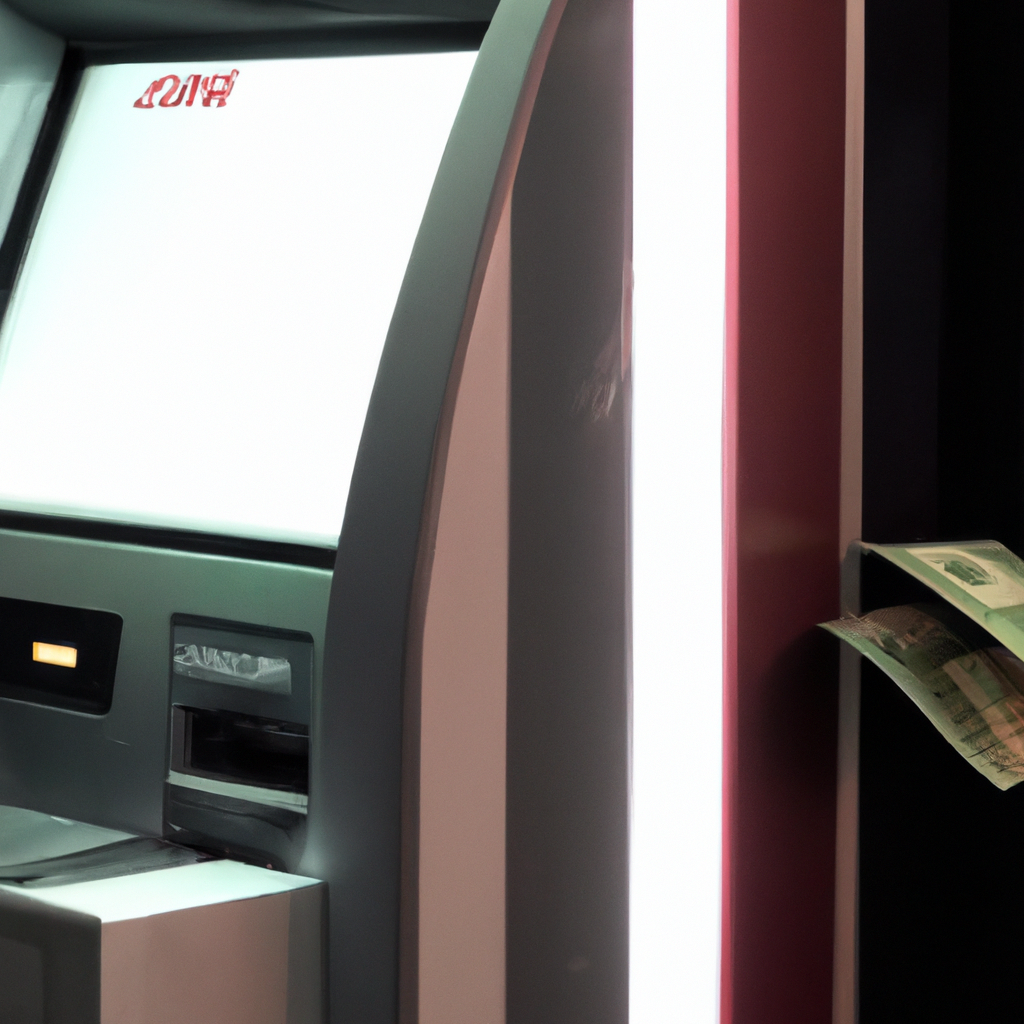ATM machines have become ubiquitous in modern society, providing the convenience of cash withdrawal and other banking services 24/7. These automated teller machines have revolutionized the banking industry, making it possible for customers to access their money anytime and anywhere. One of the primary functions of an ATM machine is to dispense cash, but how does it work? This article will provide a detailed explanation of how ATM machines dispense cash and the technology behind it.
How an ATM machine works
ATM machines are electronic devices that allow customers to conduct basic banking transactions without the help of a human teller. When a customer inserts their debit or credit card into an ATM machine, it reads the magnetic stripe or chip on the card to identify the account holder. The machine then prompts the customer to enter their PIN (personal identification number) to verify their identity and access their account.
Once the customer has been authenticated, they can select the type of transaction they want to perform, such as cash withdrawal, balance inquiry, or deposit. In this article, we will focus on the cash withdrawal process.
Cash withdrawal process
When a customer selects the cash withdrawal option, the ATM machine prompts them to enter the amount they want to withdraw. Once the customer enters the amount, the machine communicates with the bank’s computer system to verify that the account has sufficient funds to cover the withdrawal.
If the account has enough funds, the ATM machine dispenses the requested amount of cash. But how does it do that?
Cash dispensing mechanism
The cash dispensing mechanism of an ATM machine consists of several components, including:
- Cash dispenser unit
- Currency cassette
- Dispensing mechanism
- Transport mechanism
The cash dispenser unit is the part of the ATM machine that gives out the cash. It is usually located at the bottom of the machine and contains one or more currency cassettes that hold different denominations of bills.
When a customer requests a cash withdrawal, the ATM machine sends a signal to the dispensing mechanism to release the appropriate amount of cash. The transport mechanism then moves the bills from the currency cassette to the dispensing mechanism.
The dispensing mechanism uses a series of rollers and belts to pull the bills out of the cassette and push them through a slot in the machine. The bills are then presented to the customer through a dispenser opening, and the transaction is complete.
Security measures
ATM machines are equipped with several security measures to prevent fraud and ensure the safety of the cash inside. Some of these measures include:
- Encryption technology to protect customer data
- Surveillance cameras to monitor the area around the machine
- Anti-skimming devices to prevent card cloning
- Tamper-evident seals to detect any unauthorized access to the machine
In addition, many ATM machines are located inside bank lobbies or other secure areas to provide an additional layer of protection.
Conclusion
In conclusion, ATM machines have become an essential part of modern banking technology. The ability to dispense cash has made them a popular choice for customers who want to access their money quickly and conveniently. The cash dispensing mechanism of an ATM machine is a complex system that relies on sophisticated technology to ensure accuracy, security, and reliability. With their advanced features and security measures, ATM machines are likely to remain a vital part of the banking industry for years to come.







